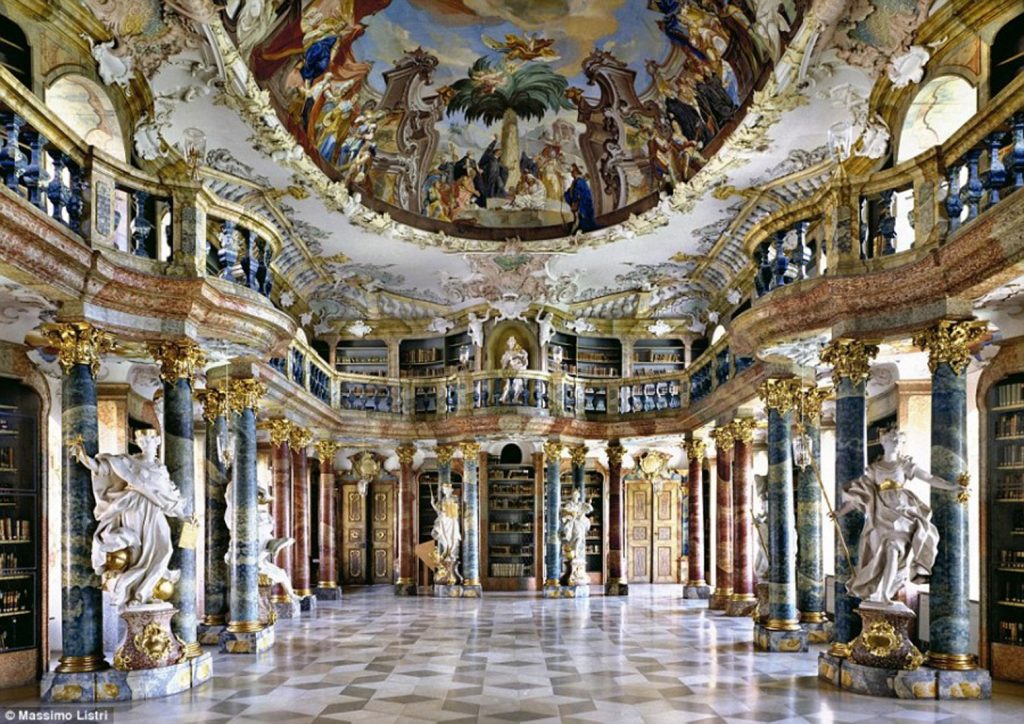What is Rococo architecture? When, where and how did Rococo architecture emerge? Here, Rococo art in all its details and the world’s most famous Rococo buildings:
Contents
What is Rococo Architecture?
The word Rococo is a combination of the French words “rocaille” meaning rock and “coquillage” meaning sea shell. Rococo was used in the sense of “out of style and old-fashioned” at the time of its origin. The word rococo, which we are familiar with today, is used to express a certain style in various fields such as architecture, art, furniture and music.
In this article, we will examine the architectural reflections of rococo art, perhaps the first architectural style that has influenced the interior design of residences.
Note: Don’t forget to read our article on Architectural Styles from prehistory to the present!
When and Where Did Rococo Architecture Emerge?
Rococo architecture emerged in Paris in the early 18th century. As in many art movements, rococo also manifested itself as a critical approach to the characteristics of the previous movement, baroque architecture. When we examine it chronologically, Rococo architecture emerged at the end of the Baroque architectural movement and was replaced by Neoclassicism towards the end of the 18th century. Beyond being an architectural movement, Rococo refers to the period from the death of the French King Louis XIV in 1715 until the French revolution of 1789. Some sources even consider the 18th century as the Rococo period.
It is possible to see one of the first known examples of this light and curved decoration concept, which is quite different from classical decorations in the field of decoration, in the Hotel de Soubise salon decorations in Paris.
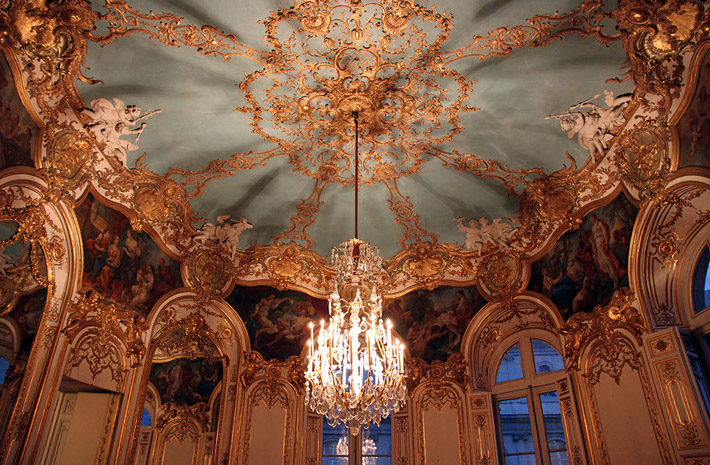
Although Rococo architecture first emerged in Paris, this style, which was born in a relatively peaceful environment, soon began to show itself in countries such as England, Germany, Russia, Austria, Spain and Spain, as well as France, thanks to traveling artists.
Why and How Did Rococo Architecture Emerge?
Rococo Architecture emerged because the noble courtiers living in the palace of Louis XIV, the so-called ‘Sun King’, were tired of Baroque architecture and sought innovation. The members of the court, who had to live in the Palace of Versailles, found themselves either in the narrow and neglected residences in the palace or in the poor residences of the town. During this period, they suffered a lot from the heavy and gloomy interiors designed by Le Brun in Baroque classical style.
On the basis of these influences, with the death of Louis XIV, a great migration out of Versailles began. Nobles left Versailles and went to the center of Paris and built spacious houses and hotels for themselves on the outskirts of the city. These buildings heralded a new freedom in house design. The Hotel de Matignon, designed by Jean Courtonne in 1722, is one of the best examples of this.


Rococo Architecture Characteristics
The Rococo style, which creates a sense of wonder and tranquility at first glance, has manifested itself on interiors and buildings such as residences, hotels, etc., rather than religious elements, unlike Baroque architecture. Rococo stands out with the richness of flowing curved forms and aesthetic designs. The general features of Rococo architecture, where light colors and spacious atmospheres are dominant, are briefly as follows:
- Use of C and S curves in ornaments
- Use of seashells, leaves, birds and plant motifs
- Growing flowers and herbs lines inspired by the curves it creates
- With mirrors and jewels coated surfaces
- Asymmetrical and irregular elements
- Exaggerated white gypsum plaster use of
- The exterior design of the buildings is simple, the interior design is detailed
- The use of Chinese and Japanese patterns and orientalist designs
- A simpler, leaner and softer style than Baroque architecture
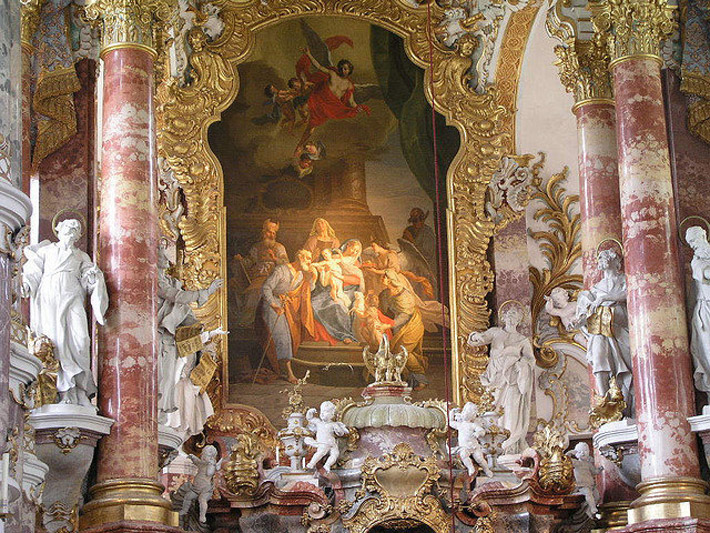
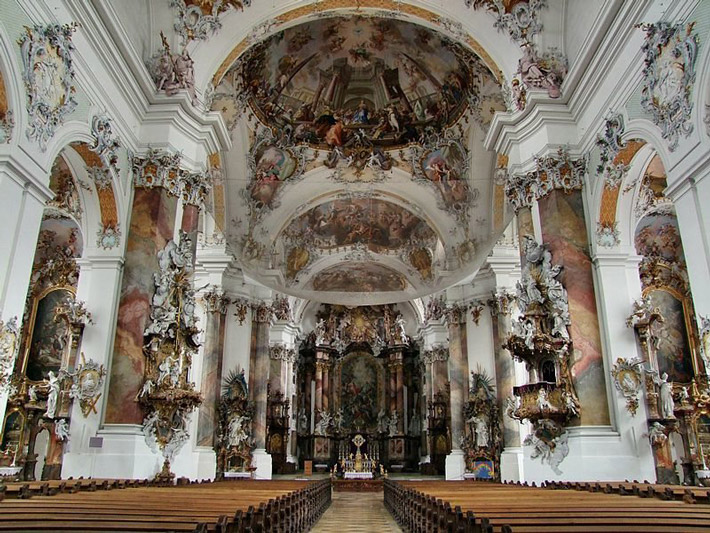
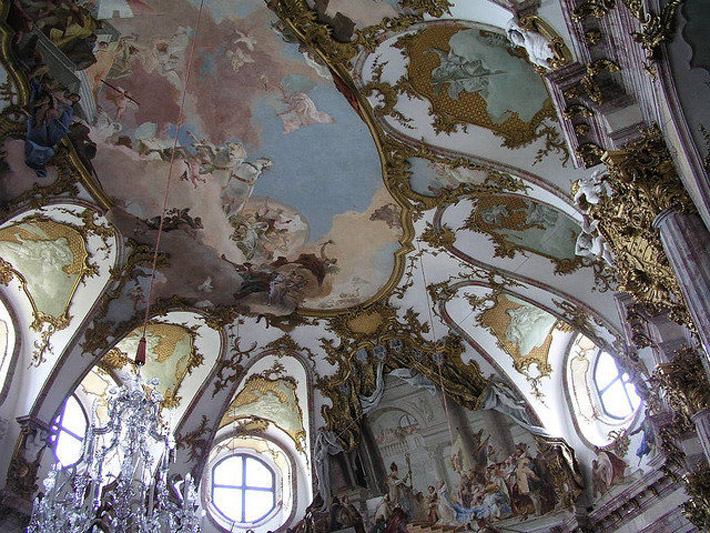
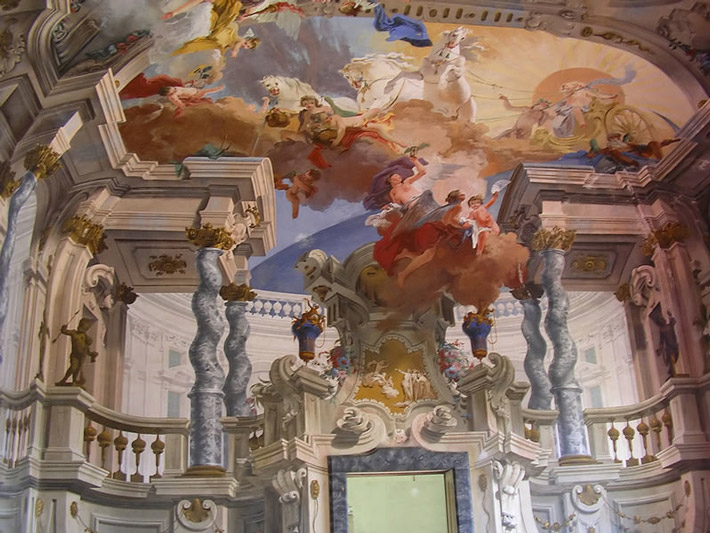
What are the Differences Between Barok & Rococo Architecture?
Although at first glance, Baroque and Rococo architecture are thought to be close in style because they are similar and subsequent movements, there are some fundamental differences between them. We can list the most obvious differences of these two styles as follows:
- Baroque architecture is based on religion and its aim is to glorify the Catholic religion against Protestantism. Rococo is based on beautifying living spaces.
- While Baroque is more focused on pomp, splendor and glory; In Rococo style, creating a little more simplicity and spacious environments comes to the fore.
- Asymmetrical curves, C and S-shaped curves are used in Rococo. In Baroque, the use of such curves is rare.
- In Rococo, the use of natural figures and flower figures is quite high. In Baroque, flower figures are not preferred much.
- Rococo style ornaments use elements of Chinese and Japanese culture. There is no such use in baroque architecture.
- While Baroque architecture originated in Rome-Italy, Rococo style emerged in Paris-France.
- The basic element of Rococo architecture is interior design. Baroque architecture is a very important style in landscape design as well as interior design.
Rococo Architecture Examples from Europe:
Amalienburg, Munich, Germany
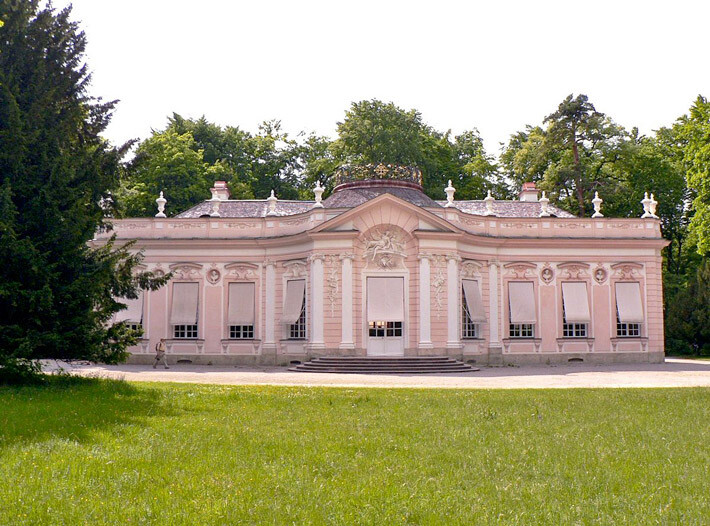
Rococo style was influential in Germany from 1730 to 1770. It began to be seen in Germany with the influence of traveling French architects and decorators as well as those who followed the French press. German architects adopted the rococo, but preferred to use it in a more asymmetrical and ornate way beyond the French style. White and pale pastel walls without right angles were decorated with decorative elements including gilt and silver. The first important building was the Amalienburg Palace and hunting lodge in Munich, completed in 1739 by the French architect François de Cuvilliés.
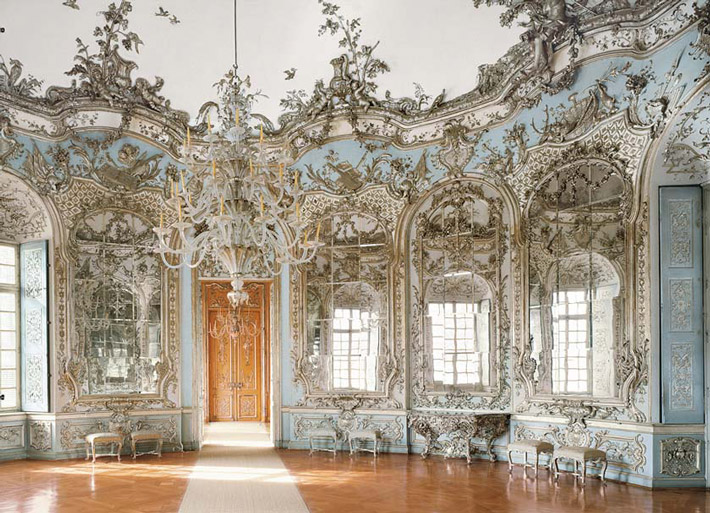
Branicki Palace, Warsaw, Poland
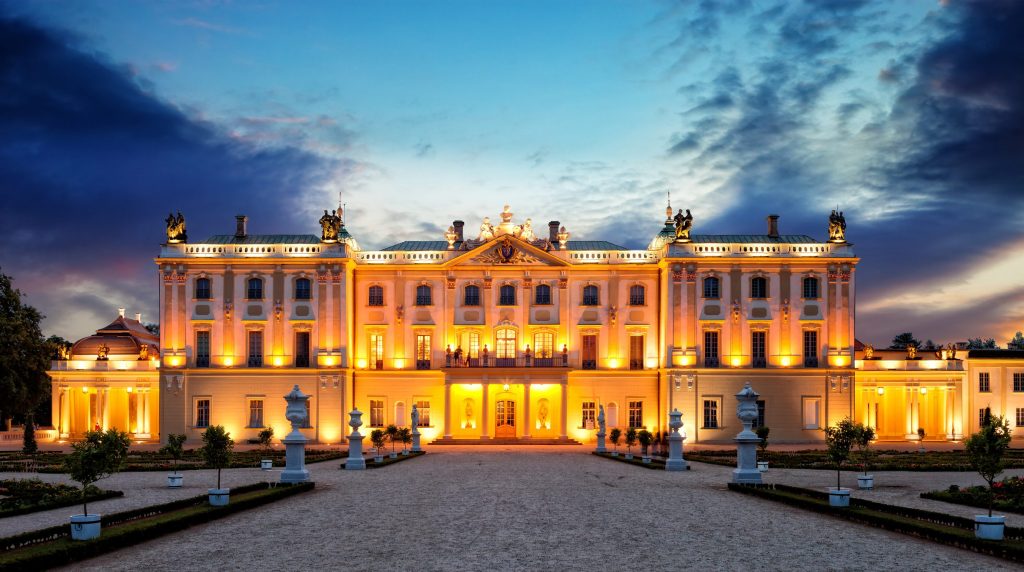
There are different architectural works in Rococo in Poland, which has similar characteristics with Germany. The most important of these is the Branicki Palace in Warsaw, known as the Versailles of Poland.
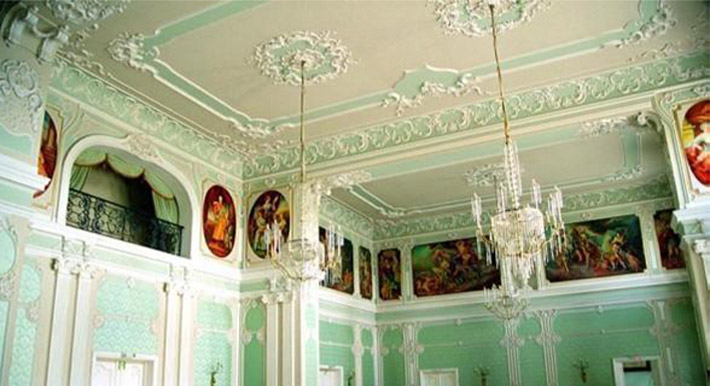
Catherine Palace, St. Petersburg, Russia

The palace, which underwent a Rococo-based restoration by Empress Catherine, the wife of Peter the 1st aka Peter the Mad, was completed in 1756. The palace, which is stated to have used about 100 kg of gold for interior design during its restoration, is one of the most magnificent works of Rococo. It was also called the Versailles of Russia for a while.
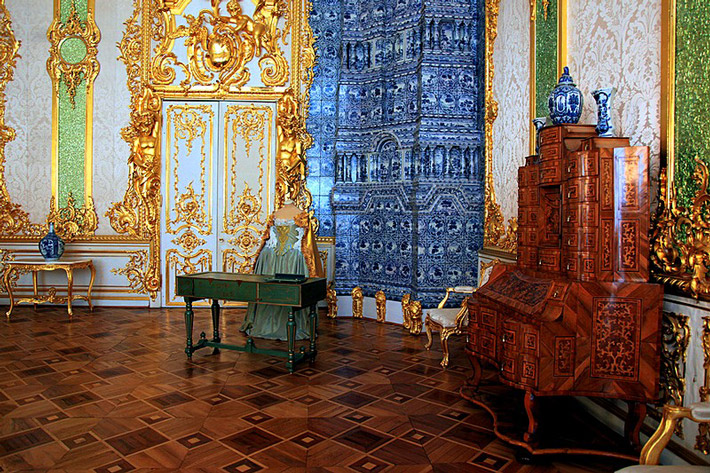
In this article, we tried to briefly answer the questions of ‘What is Rococo architecture‘ and ‘What are Rococo architecture characteristics‘. For more examples, read our article on “Rococo Style Architecture Examples“. Don’t forget to visit our homepage for inspiration on different topics related to interior design & architecture! 🙂

